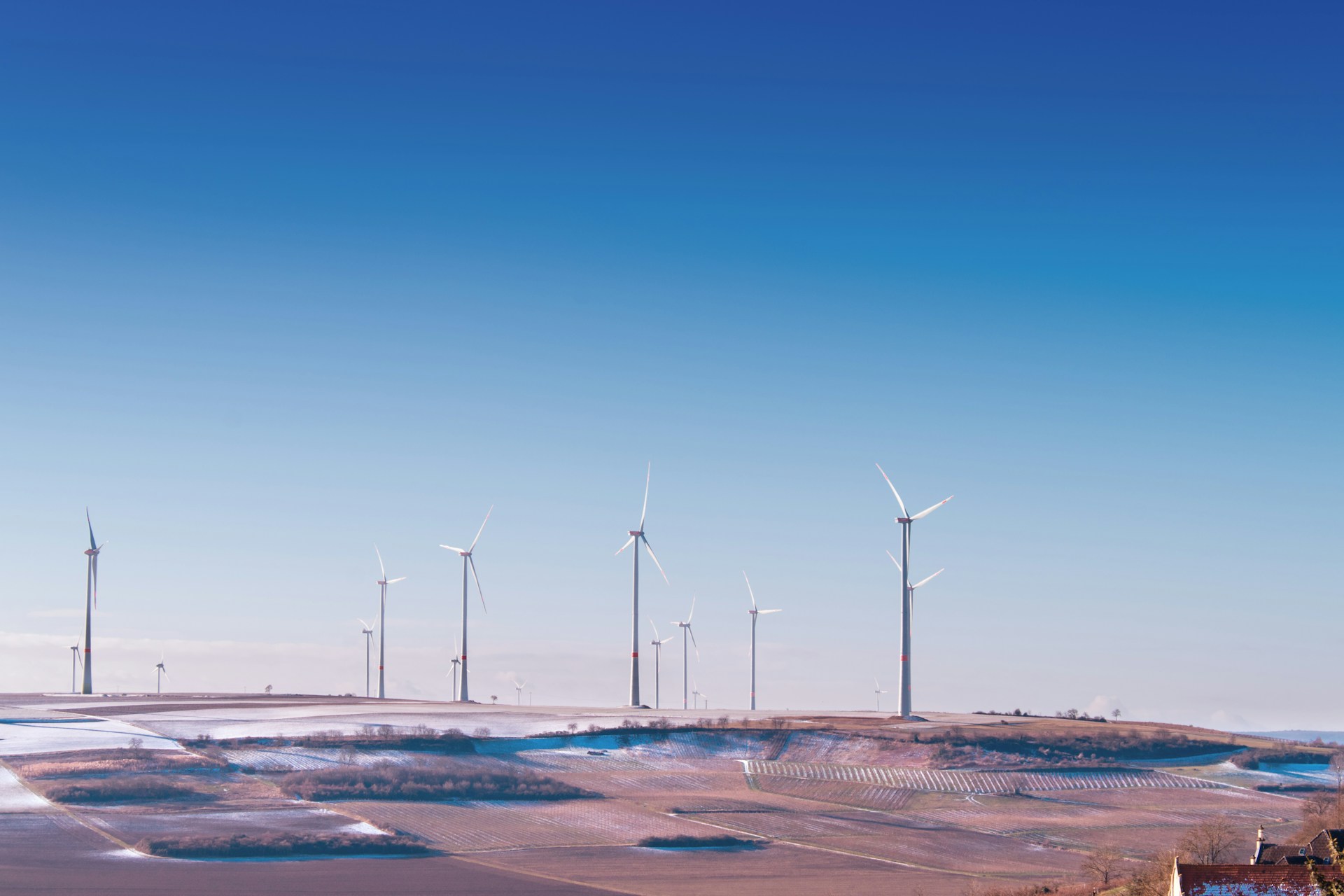



Revolutionized is reader-supported. When you buy through links on our site, we may earn an affiliate commision. Learn more here.
The last 10 years have seen a sharp increase in the adoption of renewable energy in Europe, driven by deliberate actions to reduce reliance on fossil fuel power generation.
As a cornerstone of sustainable development, Europe’s commitment is underscored by its ambitious targets and progressive policies aimed at promoting a low-carbon economy. This transition marks a paradigm shift toward a more resilient and environmentally conscious energy landscape, which can catalyze global change.
Delve into the EU’s dynamic world of clean energy alternatives, highlighting the critical role of innovation in fostering sustainability and addressing the pressing challenges of climate change.
Over the past decade, the evolution of clean energy across the continent has surpassed all expectations. Production and capacity expansion from renewable technologies have increased substantially, supported by timely favorable policies. Several factors set the foundation for this rapid progress.
First, the slate of energy crises since the 1970s and the resulting economic downturns underscored the role of sustainability in infrastructure planning. At the same time, several pioneering countries, including Germany, Sweden, Denmark and the Netherlands, created critical markets for renewables, setting the stage for massive expansion.
Declining costs have also played a significant role in fast-tracking the transition to cleaner energy. For example, the average price of photovoltaic systems dropped by 88% between 2010 and 2021. Those of offshore and onshore wind generation also fell by 60% and 68% over the same period.
Another reason is the change in global perceptions of alternative energy sources. Ten years ago, people broadly acknowledged the need to move away from fossil fuels as a prerequisite for sustainable development, but large-scale deployment of innovative solutions was still lacking. Now 10 years on, renewable energy systems have amply demonstrated their potential and are set to dominate the power generation and distribution landscape.
The share of renewable energy consumed in the EU has steadily increased in the last decade, rising from roughly 10% in 2005 to 23% in 2023. At the moment, the trend looks to maintain its upward trajectory to meet the new target of 42.5% renewables by 2030. Achieving this goal will require doubling the deployment rates across each member country while ensuring fewer barriers along the way.
The road to wider-scale adoption over the next decade will be supported by increased investments, which the EU has already set in motion. Funding possibilities in the energy sector have multiplied across individual and government sectors in recent years. One example is the Modernization Fund, which has earmarked approximately €57 billion to cover the renewable energy investment needs of the EU’s lower-income nations between 2021 and 2030.
This surge in financing stems from growing confidence in the projects’ ability to deliver a return. Traditionally, electricity prices have been largely unpredictable, so this assurance is vital for moving these funding initiatives past the drawing board.
The trend toward renewable energy signifies a fundamental transformation in Europe’s energy framework. Evidently, innovation and sustainability are driving forces behind this monumental shift. From advancements in solar panel efficiency to breakthroughs in offshore wind technology, Europe has been at the forefront of pioneering developments toward a cleaner and more sustainable energy future.
Hydropower is Europe’s second-largest renewable electricity source, accounting for 29.9% of power generation in 2022. The continent has been exploring innovative turbine designs to enhance its hydropower plants’ efficiency and environmental sustainability. Examples include fish-friendly turbines that reduce the impact on aquatic ecosystems and variable-speed turbines that optimize power generation based on water flow variations.
Pumped storage hydro projects have also gained traction in the EU as a means of storing excess renewable energy for peak demand periods. Italy and Germany currently have the highest number of these facilities, boasting 7.9 GW and 6.4 GW of pumped storage capacity, respectively.
One of the standout examples of innovation in Europe’s renewable energy sector is the advancement in offshore wind technology. Countries like the United Kingdom, Denmark, and Germany have invested heavily in offshore wind farms, capitalizing on the vast wind resources available in their coastal waters.
The last three years have seen significant advances in the generation capacity of these facilities. In 2023, the continent installed 18.3 GW of wind power capacity, with plans underway to add another 260 GW between 2024 and 2030.
Solar is one of the fastest-growing industries worldwide, with a year-over-year growth rate of over 42% since 2000. Europe has seen significant strides in improving the efficiency and affordability of its solar infrastructure. Innovations such as thin-film solar cells, bifacial panels and integrated solar solutions for buildings have made this renewable energy more accessible.
Additionally, research into new materials and manufacturing processes is driving down the cost of solar power, making it a competitive alternative to traditional energy sources. European Commissioner for Energy Kadri Simson noted a 40% market growth in the solar sector in 2023.
Enhanced geothermal systems have been seeing increased adoptions in the last decade. Recent innovations facilitate access to deeper geothermal resources for energy production. These systems also enable the utilization of district heating networks for residential and commercial buildings. Most of the Nordic countries, including Denmark, Iceland, Finland and Sweden already rely on district heating solutions to heat homes.
Exploring renewable energy in Europe would be incomplete without referencing the region’s biofuel production technologies, which convert organic waste and biomass into sustainable biofuels.
Advanced processes, such as gasification, pyrolysis and bio-refining, are employed to produce cleaner alternatives to traditional fossil fuels. Another exciting innovation is biogas upgrading, which produces biomethane from organic waste and agricultural residues. Statistics show that Europe’s number of biomethane plants increased by 51% between 2018 and 2020.
The European Green Deal outlines the continent’s commitment to becoming the first climate-neutral region by 2050. This would entail achieving zero greenhouse gas net emissions and decoupling resource use from economic growth. Approximately one-third of the €1.8 trillion financing from the EU’s NextGenerationEU Recovery Plan will fund this initiative.
Beyond projections and wishful thinking, Europe is actually on track to meet this goal. For one, the continent leads the rest of the world in renewable energy use. According to reports, more than 30% of worldwide electricity comes from renewables, whereas the EU currently averages 44% and rising.
These efforts have been fundamental to diversifying Europe’s energy sources and significantly reducing its carbon footprint. In 2023, the region recorded a 19% decrease in fossil fuel power generation and CO2 emissions — the highest in the last 10 years.
By harnessing the power of natural resources, the EU has positioned itself as a global leader in renewable energy, setting ambitious targets for further expansion and integration of clean electricity. The next decade promises to be eventful, and it will be interesting to see what innovations arise to help the continent achieve its set goals. Until then, the EU will remain the standard that other countries should aspire to in delivering a green future.
Revolutionized is reader-supported. When you buy through links on our site, we may earn an affiliate commision. Learn more here.


This site uses Akismet to reduce spam. Learn how your comment data is processed.